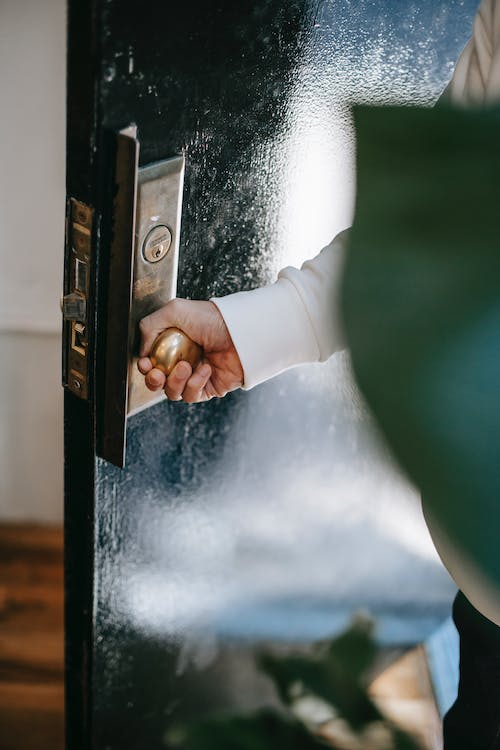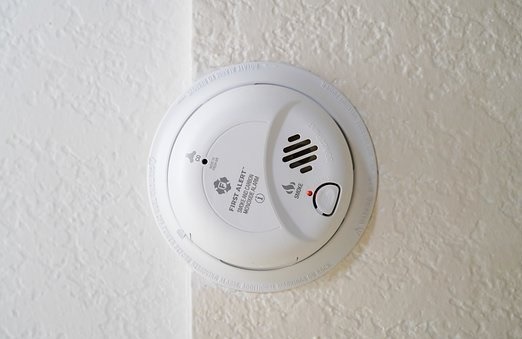When you become a father, your family is now your top-most priority. Because of this, you need to do whatever you can to help provide for your wife and children — the basic necessities (such as food, water, and shelter) and, of course, protection. And one of the most effective practices to protect your family is to ensure that your house is safe and secure.
But how can you make your house safe and secure, especially when there are so many threats outside? To help you with this matter, here’s a checklist that you can use as a guide when planning to implement all the necessary safety measures in your home.
Install a Security System
One of the biggest possible threats you’re going to face is having burglars trespass into your property and break into your house. In order to prevent this scenario from ever happening, you should definitely consider installing a security system.
Security systems are helpful, primarily because they detect if someone has broken into your home. And then, the alarms will alert you, thus giving you time to contact the authorities.
Even better, installing a security system is actually easier than you think. In fact, there is a DIY installation from Alarm Grid that you can use as a guide. If you follow the instructions, then you can install an alarm system by yourself.
Install Smoke Alarms and Carbon Monoxide Detectors
Similar to a security system, it’s crucial to have smoke alarms and carbon monoxide detectors throughout your house. The reason for this is that it takes some time for you to detect if there’s a fire without an alarm, and carbon monoxide is even trickier to detect because it has no scent. And if you detect fire or carbon monoxide too late, you and your family are already in grave danger.
For that reason, install smoke alarms and carbon monoxide detectors — and be generous with them. Ideally, place an alarm on each floor of the house, and make sure there’s one near the bedrooms.
Place Fire Extinguishers in Strategic Places
Fire extinguishers are another must-have in any household, and when you do purchase some for your house, you should place them in strategic places. Of course, there has to be one in the kitchen because that’s where a fire is most likely going to break. But you should also have extinguishers on every floor.
Aside from that, you and your family should learn how to use these extinguishers so that you can act quickly if a fire arises.
List Down All the Emergency Numbers
Should an accident ever occur in your house, you should be able to contact the authorities easily. So, you should keep a record of all the emergency numbers and ensure that the record is easily accessible.
To do this, you can have several copies of the emergency numbers everywhere, preferably near the phones in the house. And speaking of phones, you should also consider having at least one telephone in your home that’s connected to a landline. This is because cordless phones don’t work once there’s a power outage, and cell phones can run out of battery and service. As such, it’s ideal that you have a backup, and a landline is a perfect alternative.
Inspect Your Appliances Regularly
Sometimes, the reason a fire breaks out in a house is due to an electrical malfunction. For that reason, you need to have all of your appliances — both the electrical and gas kinds — checked regularly. You should also always look out for frayed wires or faulty outlets and plugs.
When you have your appliances dutifully checked, you can discover if some of them are damaged, thus avoiding any future accidents. If you can’t do the inspection yourself, you can ask for help from someone, preferably an expert.
Conclusion
Your family is the most important aspect of your life, and so you will do anything to keep them safe and secure. The pieces of advice mentioned above are some of the best tips regarding home safety. So, make sure to follow these tips, and you can rest assured that your home and your family are well-protected.


